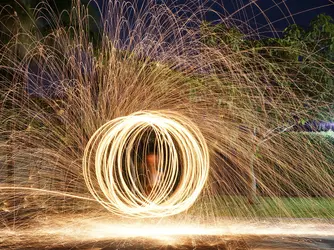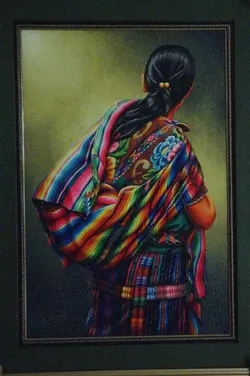OK, let me start by saying that I work for Sony. Having said that, I have paid for my own cameras, so I got what I felt was the best product. I own a Sony SLT-A77V, and I use the 16-80 Zeiss lens as an everyday lens. I also own a 70-300 G lens and a Minolta 50mm 1.7. I also have a bunch of accesories (I have 3 Sony speelights, Kenko Macro Tubes, ND and CP filters, Flash Modifiers, etc.).
As for the A77, I love the camera. It basically does everything I need out of it, and allows me for some very nice shots, some of which I am attaching for your reference (I tried to look for varied subjects so you can use as a reference):










Now, as far as the pros and cons, this is my own 2 cents:
PROS:
Speed
Accessibility to functions (botton layout)
Battery life (as oppossed to what you mentioned on the A7, a battery in the A77 lasts quite a bit)
Lens options (apart from Sony, you have all the Tamrons, Simas, Minoltas, etc.)
For your offcamera speedlighting the wireless option has worked really nicely for me; just make sure to point the flash's IR port towards the camera and then "bend" the head to point in the right direction
Resolution (I feel 24MP is not a huge file size, yet still is large enough to crop and get a good large size print)
You can use either MS or SD card, but they both use the same slot
Sealed body (not afraid of the rain anymore! Mind you, I do have a rain coat for the camera, as when it rains here in Panama, it POURS! And my lenses are not sealed...)
micro AF adjustment (I never thought I'd need this, but my Minolta Lens's AF was WAAAAY off; I could fix this through this function!)
Steady Shot Inside means all the lenses you attach will have stabilization
No mirror shake because of the SLT technology
Face detection for known faces are nice for taking picture of your kids events (it will focus on YOUR kids face, not the others!)
GPS
Video with autofocus (don0t use that much video, but when I do, it works just as good as a video camera)
THINGS THAT ARE NICE BUT I NEVER USE
In camera effects (including in-camera HDR) - I prefer the real deal
Smile Shutter
CONS:
Grain at ISO higher than 1600 (I very rarely go above this, and, if I can, I avoid going over 800)
This is kind of related to the above, but shooting with poor light at anything other than still life (where you can put the camera on the tripod and use slow speed) is very tough
Only one slot (no recording to 2 media at once for safety (the A99 does this, though)
Only Sony's own flash mount will work (I know there are adapters, though, for regular flash mounts)
Cannot use the timer with the bracketing, and bracketing is limited to 3 shots
No tethering.
As for the A99, it brings a lot of the good of the A77, improves a bit on some points, and leaves some other as things to be desired. I know because I borrowed one for about 2 weeks and got to play A LOT with it.
Specifically, I find the A99 is AMAZING for shooting in poor light conditions, even a VERY high ISO. You can look at a post I did a while back when I got my hands in the sample A99, I remember I took a picture of a painting in my house with almost NO light at FULL ISO, and you could still see the brush strokes in the JPG. Of course, you pay for this with slower (note, NOT slow, just slower than the A77) FPS. Another plus of the A99 is that the hot shoe is now a standard one, not the Minolta one; but, again, the trade in is that there is no in-camera flash, which means you need a flashgun to trigger another remotely. The A99 also includes A TON of things for video shooting, but I do more photo than video, so that is not a biggie for me. Focusing is really great in the A99, especially with the compatible lenses for 100+ focussing points.
For me, the additional price was just not worth getting the A99 (plus, my Zeiss lens and flash guns would not fir the A99 - Or rather, not directly, as both can be used, but are not ideal).
Anyway, I hope this helps you!
Felipe












![[No title]](/data/xfmg/thumbnail/32/32164-d68fa2de02f9bef524bbd68aac2f12e4.jpg?1734161046)






![[No title]](/data/xfmg/thumbnail/42/42481-e35ff0c514a554d7bd4381fb2ae79c5a.jpg?1734177006)



